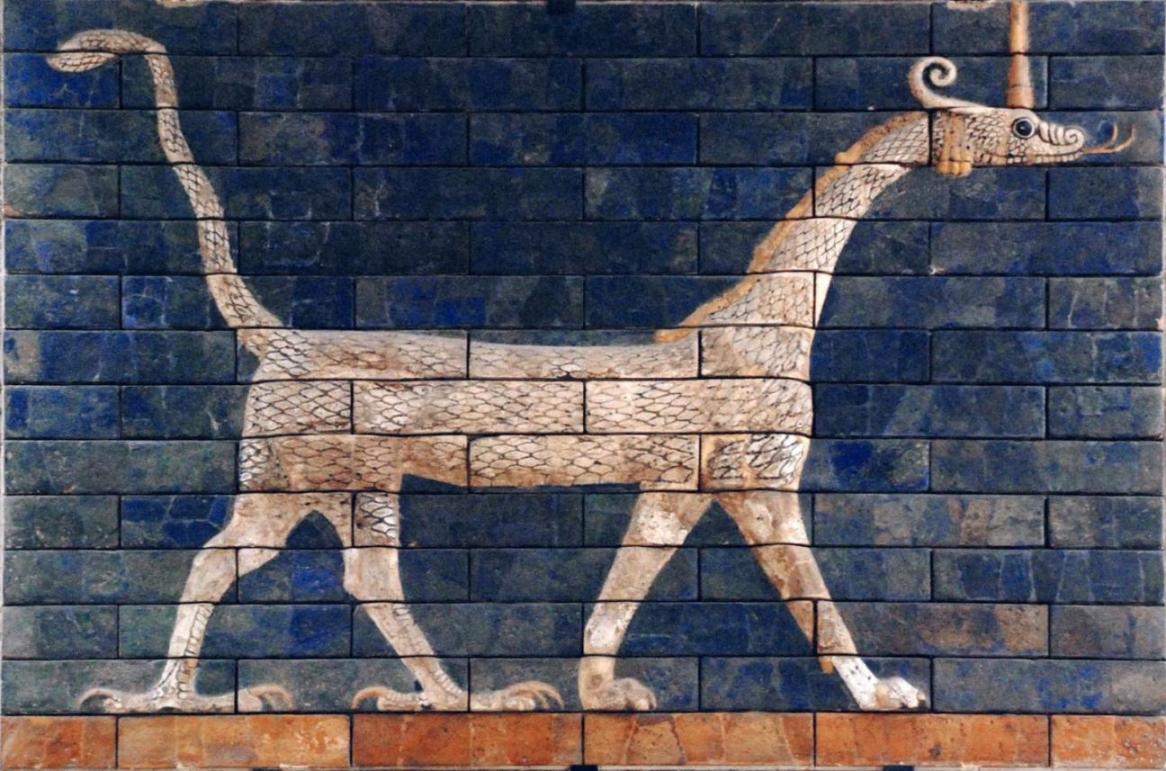A joint Iranian-Italian expedition team has been exploring Tel Ajori or ‘brick mound’in Persepolis during October and November.
The expedition is led by Alireza Askari Chaverdi Ph.D of Shiraz University and Prof. Pierfrancesco Callieri of Italian University of Bologna, and financed by provincial department of Iran Cultural Heritage, Handicrafts and Tourism Organization (ICHHTO).
gate unearthed
During the recent excavations, a large gate was unearthed, IRNA quoted Chaverdi as saying.
The most exciting findings of this season are 30 pieces of glazed bricks adorned with images of winged animals, incorporating mythic beasts of Elamite and Achaemenid eras in a style not unlike that of Mesopotamia and Susa in southwestern Iran, he explained.
The entire outer surface and the great passageway under a large gate opening to Tel Ajori are covered with colorful glazed bricks. The gate is in fact made with thousands of square bricks.
Background
For about 100 years archaeologists have been in search of answers as to what purpose the ancient monuments in vicinity of Persepolis served. To this end, they have been drawing up a coherent map of the city, palaces, and adjunct buildings in order to establish a relationship between the structures.
During the current season, the team reconstructed the geomorphologic landscape of Persepolis and surrounding region. Some 10 hectares of the areas near Tel Ajori were documented through geo-electrical and geophysical instruments.
The region to the northwest of Persepolis appears to have the greatest archeological significance. The area, consisting of several sites, is known as Firuzi complex. The archaeology team is focusing their work on this location in the recent years. The ancient buildings of Tel Ajori, which are part of this complex are being excavated, Chaverdi said.
Any comprehensive study of Tel Ajori should be included within the broader framework of the past research conducted on Persepolis, Chaverdi said.
“Just as previous researchers, made the assumption that Firuzi Garden complex had been a part of a settlement related to the royal seat in Persepolis,” he said, so too, the remains of the Achaemenid settlement near Firuzi village has gradually drawn archeologists to study the areas surrounding the royal seat in order to locate a royal or sacred place within the broader limits of the city.
Tel Ajori Building
The gate belongs to a majestic edifice that turned to a pile of dust and bricks after the fall of Achaemenid dynasty. And the pile is now called by locals as Tel Ajori ‘brick mound’.
The edifice is a square building, 40 meters long on each side, with walls 10 -12 meters in thickness. There is a 40 sq m room in the center linked by a wide corridor to the southeastern and northwestern faces of the building.
Broader View
Some 100 meters south of the gate, there are remnants of a large palace 55 by 60 meters in dimension. Between the palace and Tel Ajori gate, there is evidence of Achaemenid gardens, the remains of an irrigation system are still evident.
Over 100 ancient monuments and royal buildings have been discovered on the plain of Marvdasht where the center of a vast Persian empire lay. They are scattered throughout an area of 600 hectares around Persepolis, with remains of some gardens interspersed between the buildings.
Drawing on evidence found in the 12 Achaemenid buildings discovered in the vicinity of Persepolis, and the similarity between the glazed bricks of the Tel Ajori gate to those of the Ishtar Gate (the eighth gate of the inner city of Babylon) in which both incorporate Mesopotamian mythological figures, it appears this section of the site dates back to Cyrus’ reign. More importantly, the evident suggests that these buildings are even older than Persepolis .
Significance of the Latest Findings
“The recent discoveries fill the gap that existed in the historical continuity of the Achaemenid settlements in the region, especially the period immediately before the rise of King Darius, which occurred between King Cyrus’s reign (559 – 529 BC) and Combodia’s (529 – 521 BC),” the archaeologist noted.
In 521 BC, Darius founded the city of Persepolis which served as seat of power and religious center for him and his successors, until the decline of the Achaemenid empire in 331 BC.


